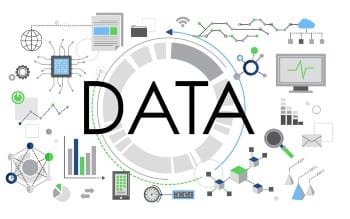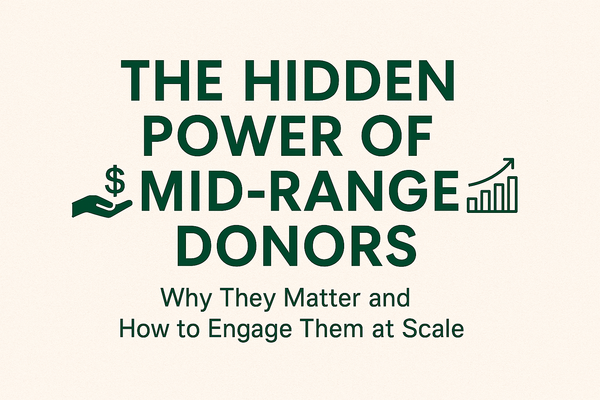Why Good Data Matters—And How ERP Helps Everyone Use It

In every nonprofit I’ve worked with—from grassroots teams to national networks, higher ed institutions to tribal governments—one truth has remained constant: good data empowers good decisions.
But too often, data lives in silos. Finance has one version of the truth, fundraising another, and program teams yet another. The board gets a snapshot, but not the full picture. And leadership is left trying to connect the dots with spreadsheets, assumptions, and a lot of late-night emails.
It doesn’t have to be this way.
🧩 Why Good Data Matters Across the Organization
🧑💼 Leadership
Leaders need data to make strategic decisions—whether it’s launching a new program, hiring staff, or navigating a funding shortfall. But data alone isn’t enough. It must be timely, contextual, and actionable. When leadership has access to real-time dashboards and scenario planning tools, they can move from reactive to proactive.
“Without timely, well-framed financial reporting, boards and executives may postpone decisions or respond reactively instead of planning strategically.”
— Maner Costerisan[1]
🧑💻 Board of Directors
Your board doesn’t need every line item—but they do need clarity. When data is presented as a story, not just a spreadsheet, it builds trust and drives engagement. Clear visuals, trendlines, and impact metrics help board members connect financials to mission outcomes.
💰 Fundraisers
Fundraising teams thrive on insight. Who are our most engaged donors? What’s our retention rate? Which campaigns are working? With clean, centralized data, fundraisers can personalize outreach, report on impact, and build stronger donor relationships.
“Organizations that can quantify and communicate how they’re changing lives are 68% more likely to win grants.”
— The Charity CFO[2]
🧑🏫 Program Teams
Program staff need to know what’s working and where to pivot. Data helps them track outcomes, measure effectiveness, and advocate for resources. When program data is integrated with finance and HR, teams can see how budgets align with impact—and adjust in real time.
💼 Finance
Finance teams are often the stewards of data—but they shouldn’t be the only ones who understand it. When financial data is accessible and intuitive, it becomes a shared language across departments. That’s when collaboration happens.
🧠 How ERP Makes It All Work
Modern ERP systems are built to connect the dots across your organization. Here’s how:
- Unified Data: One system for finance, HR, procurement, and projects means no more reconciling conflicting spreadsheets.
- Real-Time Reporting: Dashboards and self-service tools empower every team to access the insights they need—when they need them.
- Grant & Compliance Tracking: Automate reporting, track restricted funds, and stay audit-ready without the scramble.
- Scenario Planning: Model different funding or staffing scenarios to support strategic decisions across leadership and the board.
- People-First Design: ERP systems like Unit4 are built for mission-driven teams—not just accountants. That means intuitive interfaces and workflows that support how nonprofits actually operate.
🌱 From Data to Decisions
Good data isn’t just about numbers—it’s about narrative. It’s about giving every stakeholder—from the boardroom to the front lines—the clarity they need to act with confidence.
If your organization is still stitching together reports from five different systems, it might be time to rethink your tech stack. ERP isn’t just a finance tool—it’s a mission enabler.
Let’s make data work for everyone.
References[1] manercpa.com[2] thecharitycfo.com




